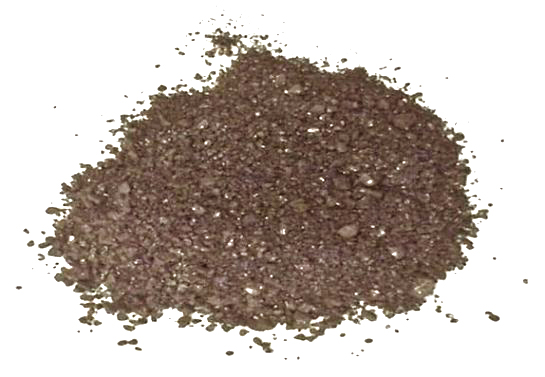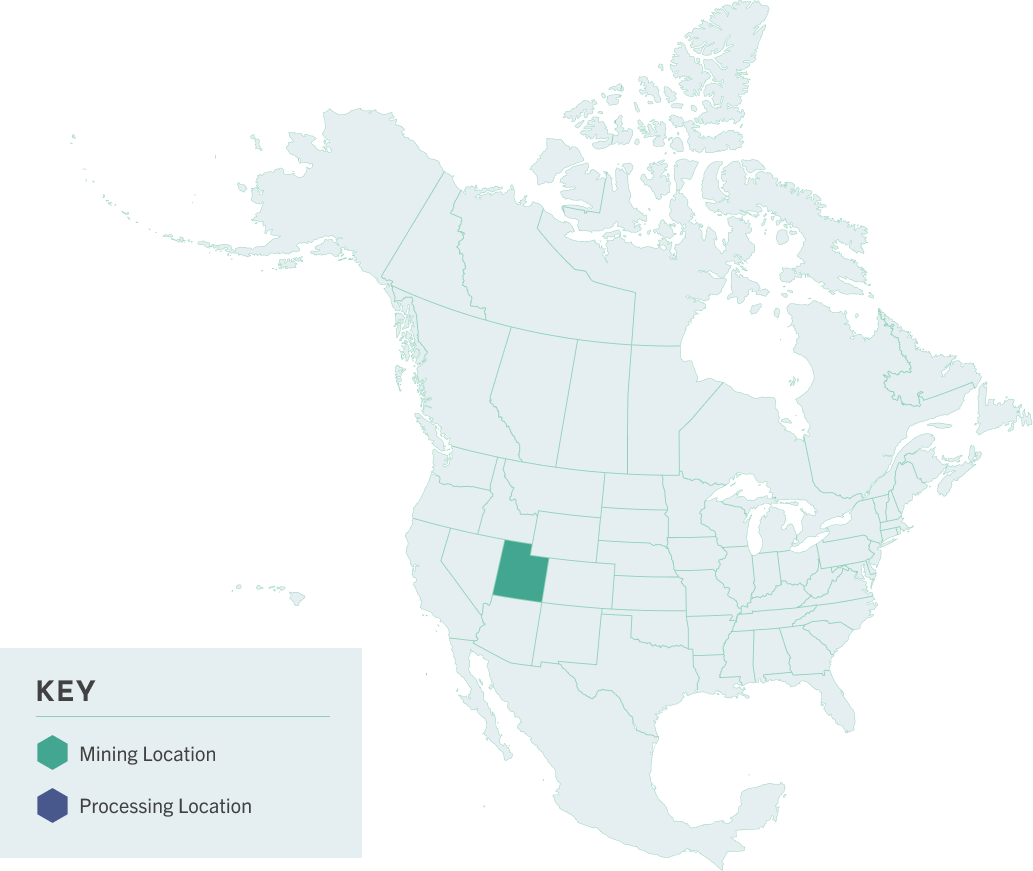Learn All About Uintaite
Uintaite
Found only in the United States.
Found only in the United States.

Uintaite is a naturally occurring, glossy black hydrocarbon resin found only in America’s Uinta Basin, which straddles the states of Utah and Colorado. It is an organic material that originated from the solidification of petroleum and is found in oil-bearing sediments in dikes (veins), sills, and fracture fillings. Uintaite is a member of the asphaltite group of hydrocarbon bitumens, but it is not a pyrobitumen (like coal and lignite); therefore, it is considered a non-energy mineral commonly found in association with the oil shale and tar sand deposits that are used for energy production. Uintaite is non-hazardous, non-toxic, and non-mutagenic; rich in nitrogen and beta-carotenes; and low in sulfur. Explosive by nature, uintaite extraction requires underground hand mining with pneumatic hammers, which is labor intensive, complex, and costly.
In 1885, renowned geologist William Phipps Blake gave the substance its official scientific name—uintaite. One year later, Samuel H. Gilson began mining uintaite. Today, only two companies mine uintaite, and only in northeastern Utah.

Wait there’s more! Click below to learn about the rest of our essential minerals.